If you’re researching solar incentives, you’ve probably come across the term ‘net metering.’ But what is net metering, and how does it work? Here’s how your utility company compensates you for any excess electricity you sell back to the power grid.
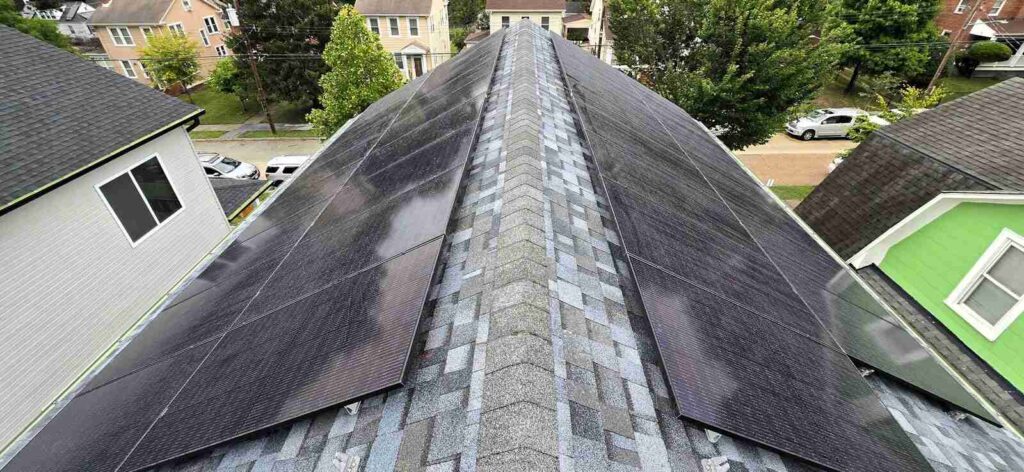
What Is Net Metering?
Net metering (sometimes referred to as NEM) is a billing arrangement with your utility company that enables you to sell any extra power your solar panels generate. We’ll largely cover Pepco in this blog post, although BGE, Dominion Energy, Potomac Edison, and Delmarva also offer net metering (with some variance in rates — more on that below).
If your solar array generates 30 kilowatt-hours (kWh) of clean energy in one day, for example, but you only use 25 kWh — maybe it was a perfect sunny October day and you opened your windows rather than running the AC or heater — you can sell the excess 5 kWh back to your power company.
Every month when you get your power bill, Pepco will charge you for the electricity you consumed from the grid minus the amount your solar array produced. If your array produced more than you consumed, you’ll receive a credit for each kWh you sent back to the grid. Those credits can roll over into future months. Each credit is worth the full retail rate, which is what Pepco would have charged you for that kWh (for example, 12.01 cents per kWh).
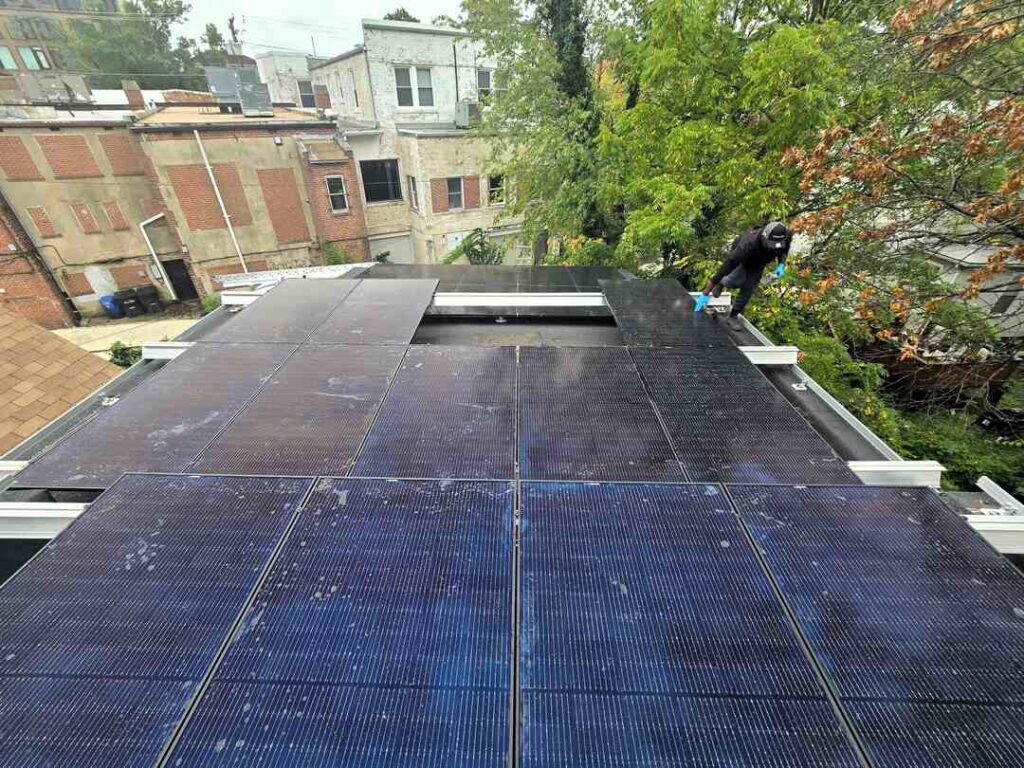
You’ll really only see money come in from net metering if your system generates more power than you use. Net metering is a way to ensure you’re compensated for all of the power your array generates.
Net metering is not the same thing as net billing, which provides the wholesale rate for excess power. The wholesale rate is lower than the retail rate.
How Does Net Metering Work?
Here’s a quick graph showing how solar net metering works:

Your home will draw power from your solar panels first. If you need more, like at night, for example, you’ll pull that power from the grid. A bidirectional meter measures how much electricity your solar panels send to the grid. (More on that meter in a minute!)
Pepco is required to offer net metering, but competitive electricity suppliers aren’t required to do so.

How Do I Sign Up For Net Metering?
Uprise will get you set up for net metering during the solar installation process. Once we’ve installed your system and had it inspected, we submit interconnection paperwork to your utility company to connect your solar array to the grid. This ensures you’ll receive power when it’s rainy, cloudy, or at night — and gives you the ability to participate in net metering. The interconnection paperwork triggers Pepco to ensure you have a bidirectional meter (also called a two-way meter or a net-capable meter).
If you have a smart meter or a digital meter, in most cases Pepco can remotely update the meter so it will work bidirectionally. If you don’t have a smart meter, they will come out and replace your meter. Replacement takes about three to five minutes, and Pepco will not charge you for this.
You don’t need to worry about which type of meter you have! Every solar installation needs a bidirectional meter, so Pepco will determine which one you have so they can replace or update it.
Keep in mind that Pepco does not provide Uprise with a timeframe or heads up for when they’re going to make the switch. We know they’ve completed their end of the work when they provide us with permission to operate, or PTO, which is when we’ll turn on your system.
Pepco can legally take 30 days to provide PTO. Uprise usually receives PTO after two to two and a half weeks, but it’s important to know that Pepco may take longer to process the paperwork.
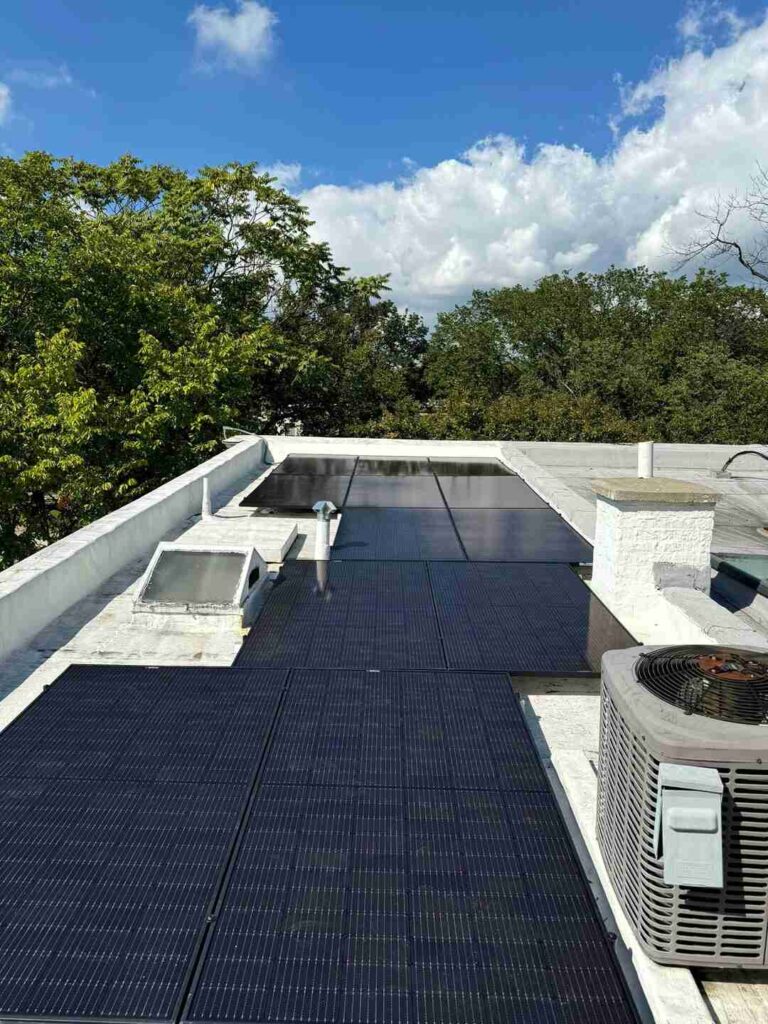
Other Common Net Metering Questions
If The Power Goes Out, Can I Send Clean Energy From My Solar Panels To The Grid?
No. If there’s a power outage, your system will shut down to protect utility workers repairing the grid.
If you have a battery backup system, you’ll be able to keep powering your home with your solar panels. Your solar battery will function similarly to a generator. But you won’t be able to send electricity to the grid until the outage is over.
Can I Sign Up For Net Metering And SRECs?
Yes! You’ll benefit from both incentives if you own your system. Your utility company runs net metering, while Solar Renewable Energy Certificates, aka SRECs, are sold on their own market. An SREC broker will help you sell them.
If you don’t own your system, the system owner will receive the SRECs, but you will benefit from net metering.
My New Pepco Bill With Solar Is Confusing! How Can I Decode It?
You’re in luck — Uprise’s sales director Patrick wrote a whole blog post on this exact topic! Check it out here. And if you still have questions, please do let us know. You’re welcome to call us or check in with your sales representative.
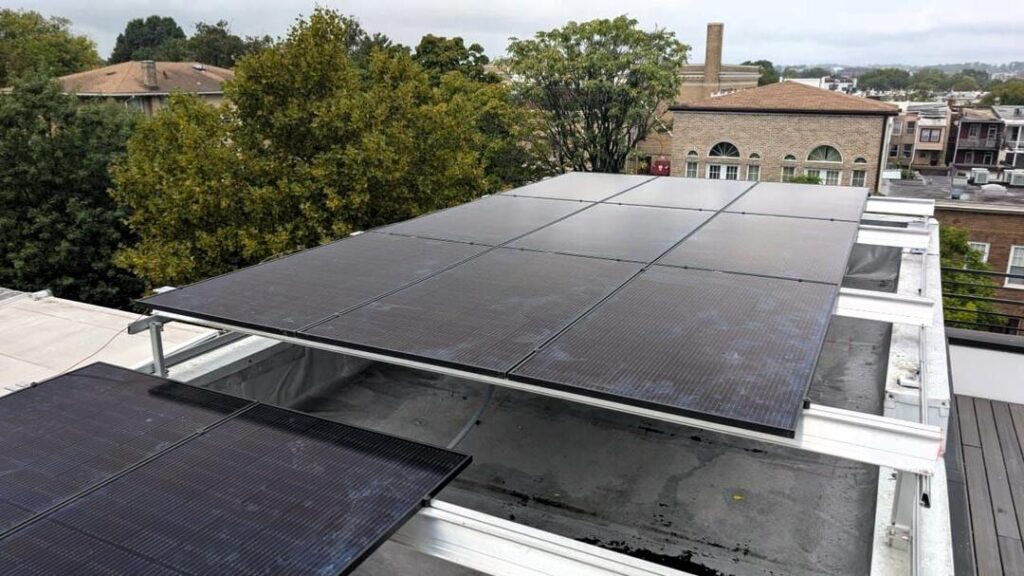
What Happens At The End Of The Year If I Still Have Credits Leftover?
In December, Pepco will compensate you for any leftover credits at the price per kWh when the power was generated.
If you receive electricity from another utility company, it’s important to note that they may handle leftover credits differently. Dominion Energy, for example, provides payment at what’s called the avoided-cost rate, which is around less than a third of the retail rate. You can also opt to keep rolling over your credit.
With Potomac Edison, customers must choose: to either receive the commodity rate (the price for transporting a commodity), which is paid out annually in April, or to accumulate credits at the retail rate. Potomac Edison automatically sets customers up to receive the annual payout; customers must indicate if they’d prefer to accumulate credits instead.
The Database of State Incentives for Renewables & Efficiency (DSIRE) provides program overviews of net metering for DC, Maryland, and Virginia with details about rates, eligibility, and more. You can also check your utility company website to see what they say about their net metering program, but they don’t always provide full details. DSIRE can help fill in the blanks.
Are DC’s Net Metering Policies Any Good?
Absolutely. DC currently has some of the best net metering policies in the country, and here’s why.
Net metering policies come down to states. 34 states, DC, Guam, Puerto Rico, and the U.S. Virgin Islands all have mandatory net metering rules. Other states have different compensation rules, like net billing (mentioned above).
Some utilities in the United States are trying to provide less compensation for excess power, such as with California’s recent NEM 3.0 policy, which lowered rates for homeowners by around 75 percent. (In locations like that, batteries make even more sense so homeowners can use as much of the power they generate as possible, without having extra left over.)
Closer to home, in West Virginia, Potomac Edison and Mon Power (both FirstEnergy companies) recently pushed for compensating homeowners with the wholesale rate instead of the retail rate, which would have been around 6.6 cents instead of 13 cents per kWh. They ended up reaching a settlement with the Public Service Commission, local solar company Solar Holler, and organizations like Solar United Neighbors and West Virginia Citizen Action Group to pay residential customers a rate of 9.34 cents per kWh.
So in DC, you’re receiving the best compensation possible for any excess power your panels generate.
Another factor to consider is a net metering cap. Some states limit how much electricity homeowners can sell to their utility company. DC does not have a net metering cap.
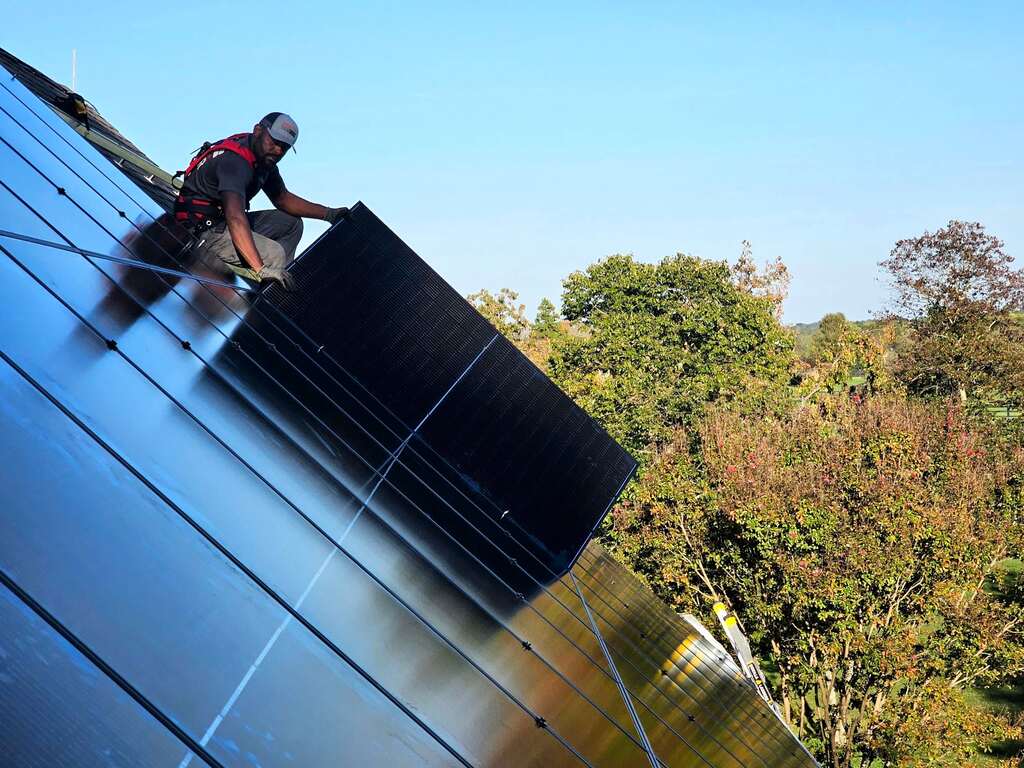
How Do DC’s Net Metering Policies Compare To Maryland And Virginia?
DC, Maryland, and Virginia all have net metering in place. However, some of the details vary. Another net metering factor to consider is system capacity. Authorities typically limit how big your solar system can be, so you don’t drastically oversize it. DC and Maryland’s system capacity limits are both 200% of a homeowner’s electricity usage. For residential customers in Virginia, the system capacity limit is 25 kilowatts.
In all three locations, the monthly credit rate is the retail rate; however, as mentioned above, utilities handle credits left over at the end of the year differently.
And while DC doesn’t have a net metering cap, Maryland and Virginia do. In Maryland, the net metering cap is 1,500 megawatts. Virginia’s net metering caps depend on whether the utility is an electric cooperative or an investor-owned utility like Dominion. Respectively, the caps are 7% or 6% of the utility’s peak load from the prior year.
Overall, DC’s policies are slightly better. But all three locations still offer net metering rather than net billing or another compensation policy.
I Want To Benefit From Clean Energy!
If you’re considering solar panels for your rooftop, please reach out to us! We’d be happy to walk you through other DMV solar incentives as well, such as the federal solar tax credit or SRECs. Call us at (202) 280-2285, or reach out on our website to schedule a free consultation.
